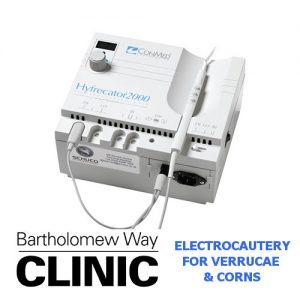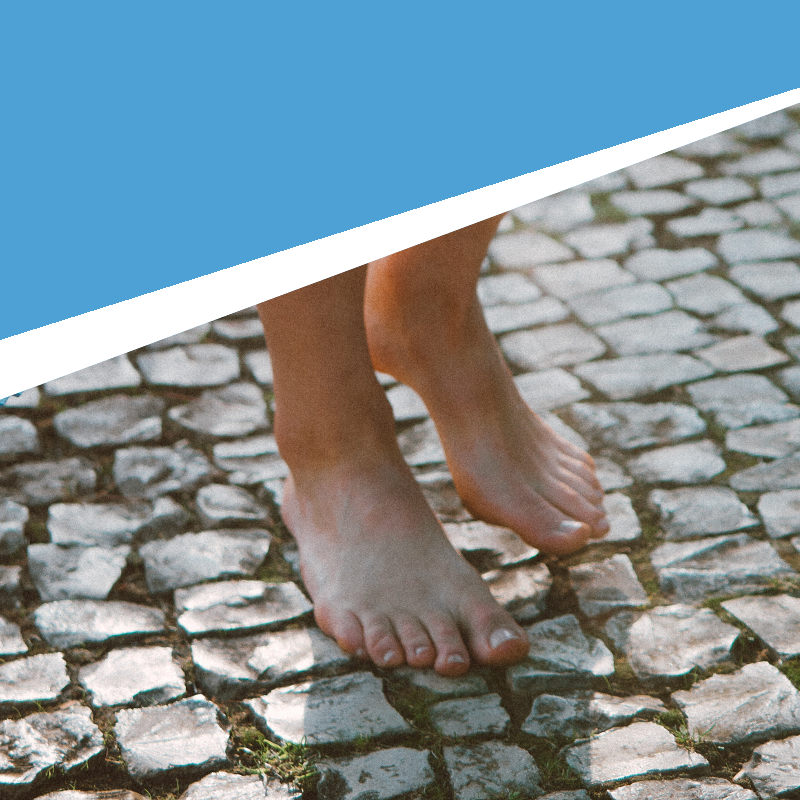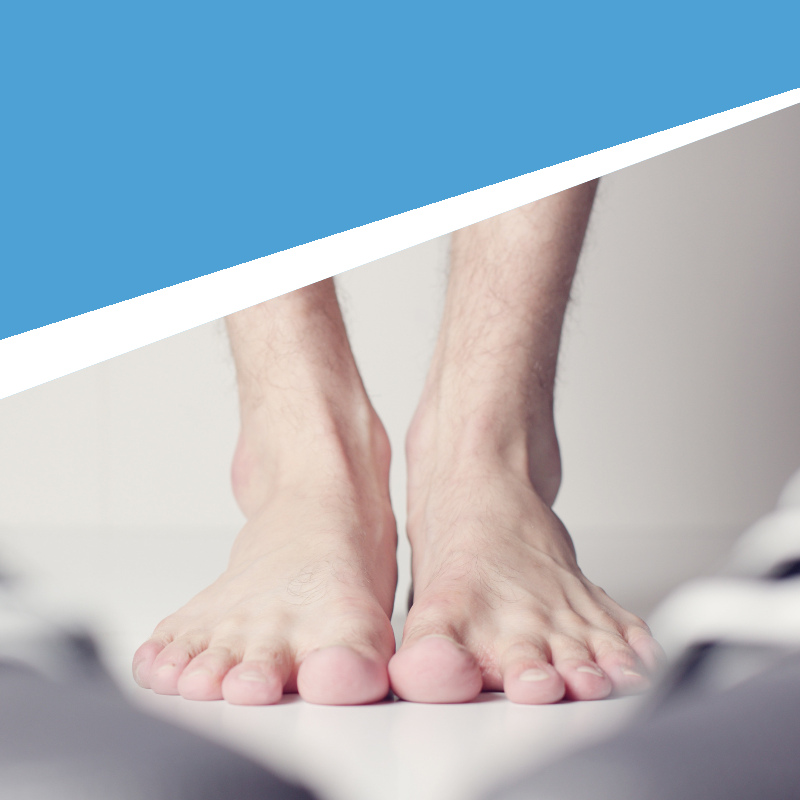Over the last 10 years a form of electrosurgery called electrodesiccation has been used in podiatry to treat long standing corns and verrucae with good results.
Quite simply: Electrodesiccation is completely painless this is achieved by an injection of local anaesthetic which is given before treatment begins. An electrocautery unit looks like this:
The probe is held against the corn or the verrucae. The energy from the radiowaves causes evaporation of the cell contents, which then forms a hard plaque that is then removed with a scalpel, this technique enables the corn to be removed more deeply and more thoroughly than with conservative means alone. More often than not the corn, and more so with the verrucae can be removed permanently.
The Procedure
On the day of your operation you should eat and drink as normal. You will be awake for this procedure, which involves the administration of local anaesthetic injection adjacent to the nerves supplying the area to be treated. The radiolase is then used to remove the infected tissue. Antiseptic dressings are applied and a pressure-relieving pad applied (if the area is weight bearing). You should ALWAYS arrange for transport as you will not be allowed to drive on the day of this procedure.
The appointment time required for this treatment is one hour to one and a half hours. It is advisable to rest the foot for the remainder of the day of operation and the following day as much as possible, however most patients are able to return to work after 24 hours. A follow up appointment 1-2 days later is required for the wound to be redressed. The wound must be kept covered and remain dry for 1 week.
There is some post-operative discomfort, which is usually relieved with ibuprofen. The wound is usually dry with a scab formation within 2 weeks. Healing takes place over the next few weeks depending on how much rest you are able to take and provided the wound remains free from infection. The wound normally forms a scab 10-14 days post-op depending on the size of the wound. You may have to return to your podiatrist in four to six weeks to have any remaining scab reduced.
The majority of verrucae cases are completely eradicated in one treatment (94%) with the remaining (6%) lesions requiring a second treatment.
If you require any more questions on electrosurgery/ electrodesiccation then please don’t hesitate to get in touch and have a chat with one of the team, Jon, Mo, Gary or Charles on 01403 276 272, or ask a question here.




